According to Forbes report 2020, Netflix and other top five brands have taken their marketing game to the next level by personalisation strategies and survey says 86% consumers say personalisation impacts the consumers and significantly influences their buying decisions.
With the ongoing regulations and privacy concerns, business who balance privacy and personalisation are going to win the long-term game.
This article will serve as a go-to-guide to help business elevate their content personalisation strategies
How First-Party data holds the key to personalisation in 2021:
First-Party data emphasize the trust & responsibility of a relationship between an individual and a company. This allows the company to use the information of individuals during significant moments like page view, sign up to a newsletter, subscription, and cater them with personalized experiences based on their activity and serve them better.
Here 1PD Ops, strikes the balance between privacy and personalisation and helps businesses collect, unify, segment and sync the data across various tools to deliver an amazing personalised experience to their customers.
How 1PD Ops acts as an enabler for Personalisation
Personalisation at scale
👉 Tagging the content and segmenting visitors based on content.
👉 Personalise ads for anonymous visitors.
👉 Personalise ads like 1-1 email for subscribers and customers.
👉 Individualize email offers.
👉 Create lookalike audiences.
👉 Increase conversions.
👉 Suppress customers/ subscribers from receiving irrelevant ads
Analyse data, discover insights and Predict outcomes
Strengthen campaign performance with Facebook Conversions API and Google Measurement Protocol
Personalisation at scale
1. Tagging the content and segmenting visitors based on content.
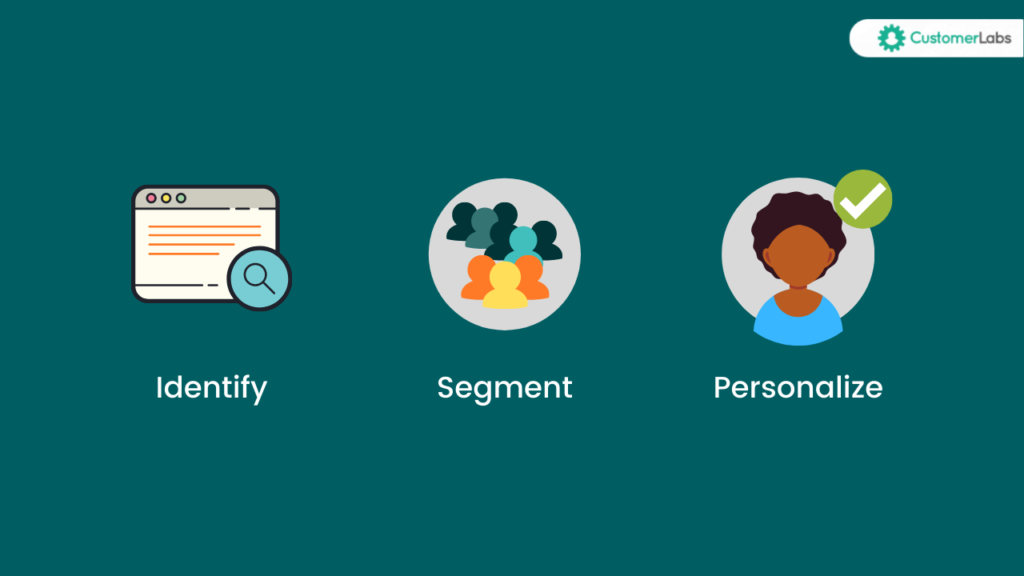
2. Personalise ads for anonymous visitors.
A major chunk of website traffic comes in as anonymous visitors. CustomerLabs 1PD Ops lets you unify disparate strands of data and help create a unified profile with the help of various identifiers. Further, 1PD Ops compiles the anonymous visitors behaviour and their content affinities within the website.
Based on this marketers can now create audience segments, run ads with email capture forms, gated content, event registration etc. to deanonymze the user.
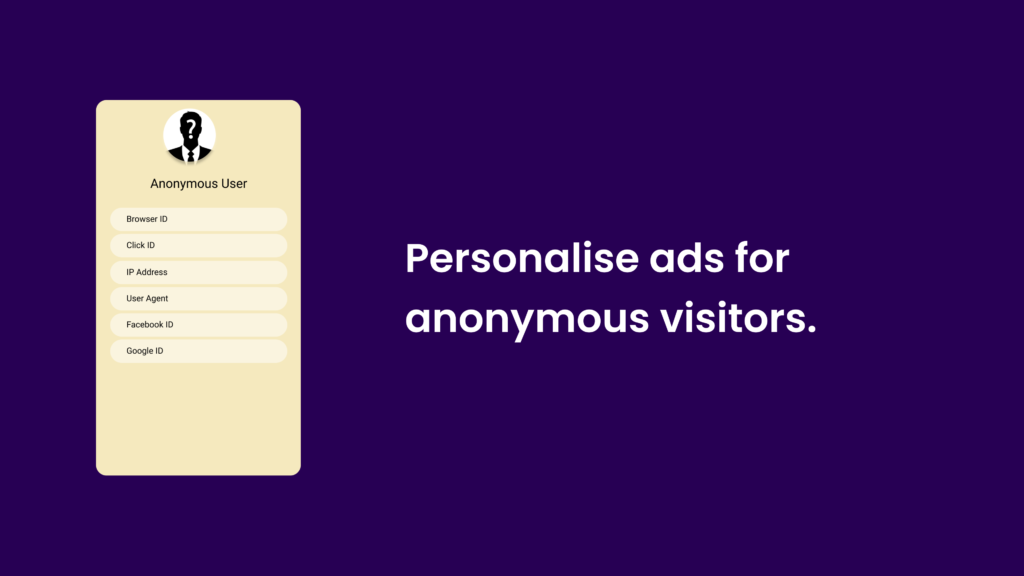
3. Personalise ads like 1-1 email for subscribers and customers
Delivering a personalised ads to subscribers is very critical to increase the rate of conversions. The 1PD Ops platform helps build a complete 360-degree profile for every customer. This helps companies segment and categorise them in various buckets and sync them across various ad platforms simultaneously.
Based on these audience segments, marketers can now personalise ads based on the users affinity towards various content. This personalisation strategies help increase the conversion rate and reduce CAC as well.
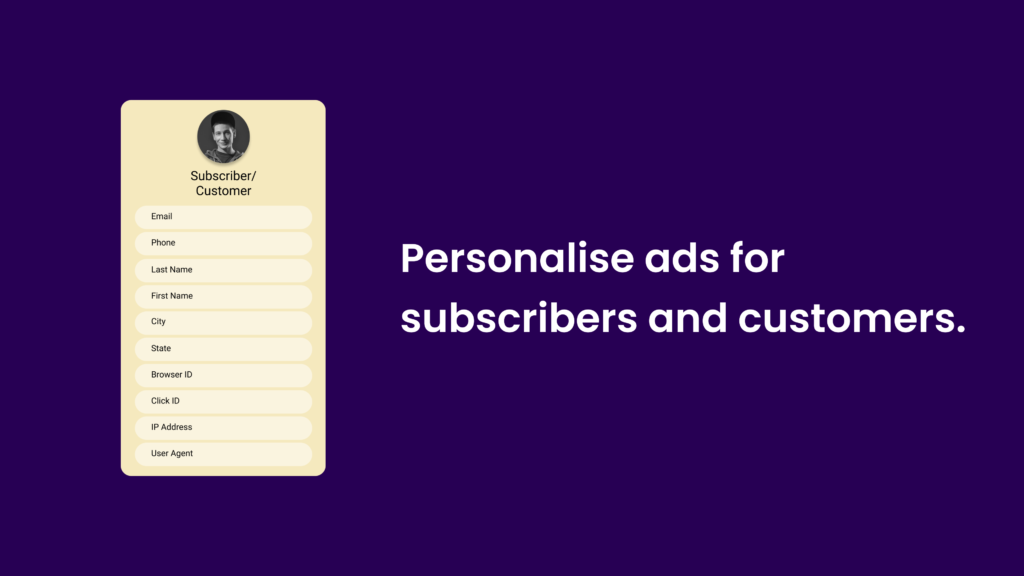
4. Individualize email offers
Generally, readers would be consuming contents from various genres. Instead of sending the same message to everyone in the subscription list. Companies can send personalised newsletters based upon the visitor interests and convert better
For example, if a visitor reads about luxury resorts as well as luxury fashion wear. With the help of 1PD Ops, you can segment them into an audience bucket named luxury readers and sync with email platforms to send personalized email newsletter.
This way businesses can expect relevant user actions and better conversions.
5. Create Lookalike audiences
Lookalike Audience on Facebook is a way to reach new people who are likely to be interested in your business because they’re similar to your best existing customers.
While creating lookalikes, in general it is done by manually exporting and importing the CSV files to ad platforms. As the data in CRM changes real-time, chances of losing customer-data is pretty high.
With 1PD Ops you can sync your customer/ subscriber data in real-time with ad platforms and build lookalike audiences. This helps increase the chances of bringing new subscribers rather than the pray and spray model of running ads.
6. Increase Conversions
The major chunk of revenue for a business depends on new and repeat purchases. CustomerLabs 1PD Ops can help business retarget anonymous visitors and customers for a new purchase and create up-sell or cross-sell opportunities among the existing customers respectively.
The 1PD Ops tool helps you segment high intent site visitors, & various intent groups and syncs them across various ad platform, email platforms etc.
This way you can send personalised offers via ads & email which increases the chances of anonymous visitor becoming a customer and existing customers to purchase more.
7. Suppress Customers, Subscribers From Receiving Irrelevant Ads
We’ve explained about how specifically you can target exactly who can see your ad. Likewise, it is important not to show ads to wrong persona (customers/ subscribers). By using 1PD Ops, you can create suppression lists and sync between various ad platforms to avoid showing ads to wrong people.
Building a suppression list not just improves the campaigns performance. It reduces your ad spend as well.
Analyse the data , discover the insights and predict the future
After consolidating the data into cloud-based data Warehouse. A data analyst or machine learning engineer can help businesses perform advanced analysis.
For example, with the help of these data collected, analysts can train machine learning models to predict the future customer interaction with the business.
This helps businesses understand the future outcomes like their subscribers spending power, chances of future subscriptions etc.
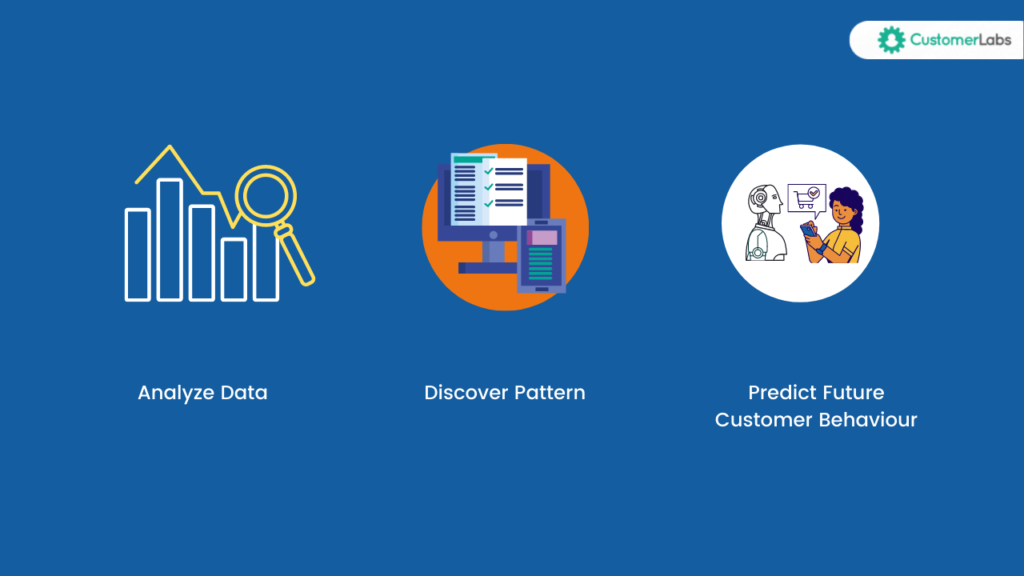
Strengthen campaign performance with Facebook Conversions API and Google Measurement Protocol
A vast majority of advertisers track their visitors online by placing third-party cookies on web browsers.
With a focus on consumer privacy first, GDPR and other privacy regulations indicate that in the future tracking consumers using third-party cookies will no longer be available.
Along with the privacy concerns, the latest Apple iOS’14 update is all set to disrupt Google and Facebook Ads tracking and Targeting.
In acknowledgement of growing technical limitations that interfere with the effectiveness of the Google & Facebook pixel (such as ad blockers, connectivity issues, browser cookie support and so on),
The recommended solution to these problems is implementing Facebook Conversion API and Google Measurement Protocol. By implementing Conversion API and GMP using CustomerLabs 1PD Ops you can share website data directly with Facebook & Google which helps drive more efficient campaign performance.
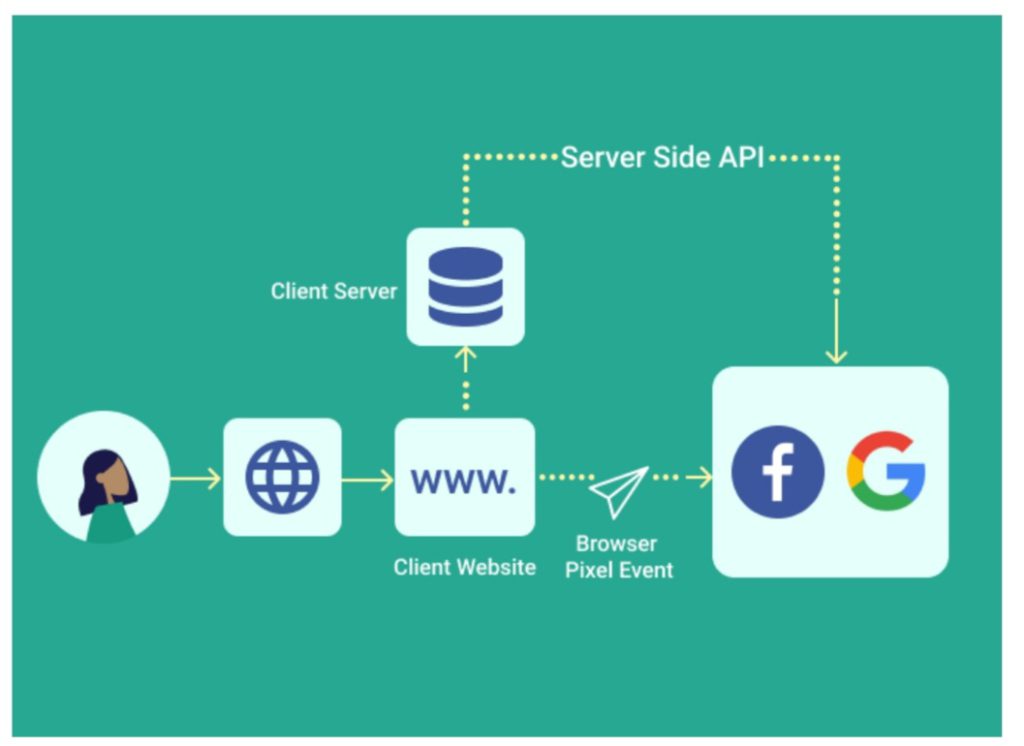
Why you should implement 1PD Ops today?
Businesses spend lot of time, money and effort on various platforms to bring in relevant visitors to the site and convert them as customers.
What is happening?
Businesses set audience and target their potential prospects via ad platforms to convert them as customers. Due to 90-day cookie removal policy, businesses can’t target them again & nurture them further to bring in as customers. And you have to start running campaigns from scratch and bring in them as relevant visitors. This cycle goes on forever.
Solution:
By using 1PD Ops, you can end this vicious cycle. 1PD Ops lets you collect both visitor & customer data and syncs with your ad platforms as events every day. This way your data remains fresh forever and you can keep targeting your potential prospects & customers to increase revenue.
As every day passes without 1PD Ops, you are losing the opportunity to sync your prospect/ customer data with ad platforms and losing revenue as well.




